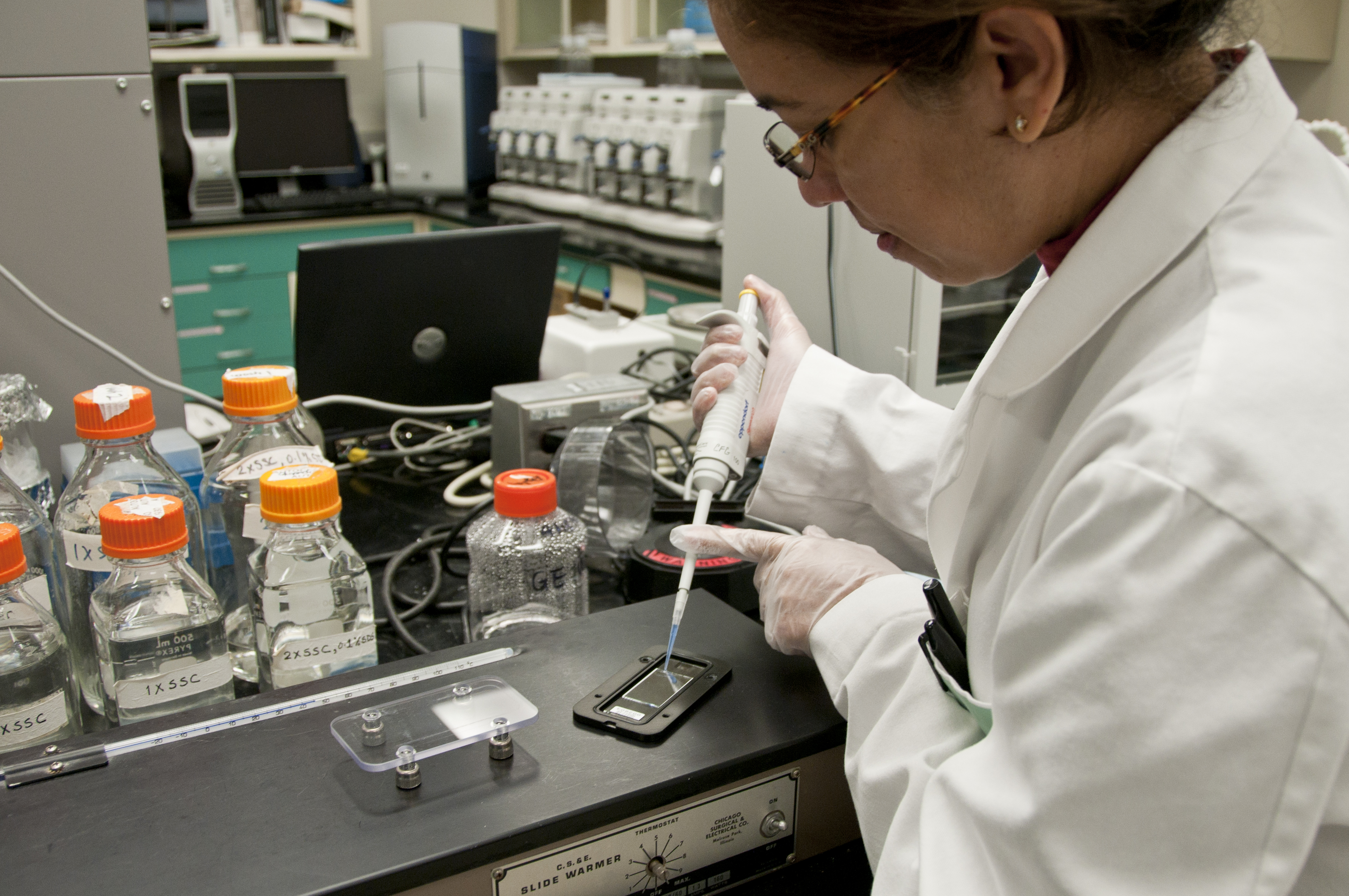
Photo from academic.microsoft.com
3,5-Dimethylaniline (3,5-DMA), a monocyclic aromatic amine, is widely present in a spectrum of sources including tobacco, dyes, combustion products, and suspended particulates. 3,5-DMA and its metabolites form superoxides, resulting in… Click to show full abstract
3,5-Dimethylaniline (3,5-DMA), a monocyclic aromatic amine, is widely present in a spectrum of sources including tobacco, dyes, combustion products, and suspended particulates. 3,5-DMA and its metabolites form superoxides, resulting in apoptosis or oncogenesis. Data of a direct effect of 3,5-DMA on the nervous system, especially the developing brain, are lacking. Therefore, we investigated the effects of 3,5-DMA and its metabolites on fetal neurite growth and brain development using in vitro cell cultures of primary cortical neurons to observe whether these compounds caused neuronal cytotoxicity and affected neurite structural development. With increasing concentrations of 3,5-DMA (10, 50, 100, 500, 1000 μM) and its major metabolite 5-dimethylaminophenol (3,5-DMAP) (10, 50, 100, 500, 1000 μM), reactive oxygen species (ROS), cytotoxicity, and DNA damage increased significantly in the cells and dendritic arborization decreased. The addition of 5 mM N-acetylcysteine, an ROS scavenger, reduced ROS in the cells and alleviated the neuronal damage. In vivo studies in Sprague Dawley pregnant rats suggested that exposure to 3,5-DMA (10, 30, 60, 100 mg/kg/day) subcutaneously from GD15 to GD17 led to fetal cerebral cortex thinning. BrdU labeling showed that 3,5-DMA reduced the number and generation of cortical cells. To detect the laminar position of newly generated neurons, cortex layer markers such as Satb2, Ctip2, and Tbr1 were used. 3,5-DMA perturbed the cortical layer distribution in developing fetal rats. In summary, this is the first study to provide evidence for 3,5-DMA and its metabolites causing anomalies of the fetal central nervous system development through ROS production.
Journal Title: Toxicological Sciences
Year Published: 2019
Link to full text (if available)
Share on Social Media: Sign Up to like & get
recommendations!